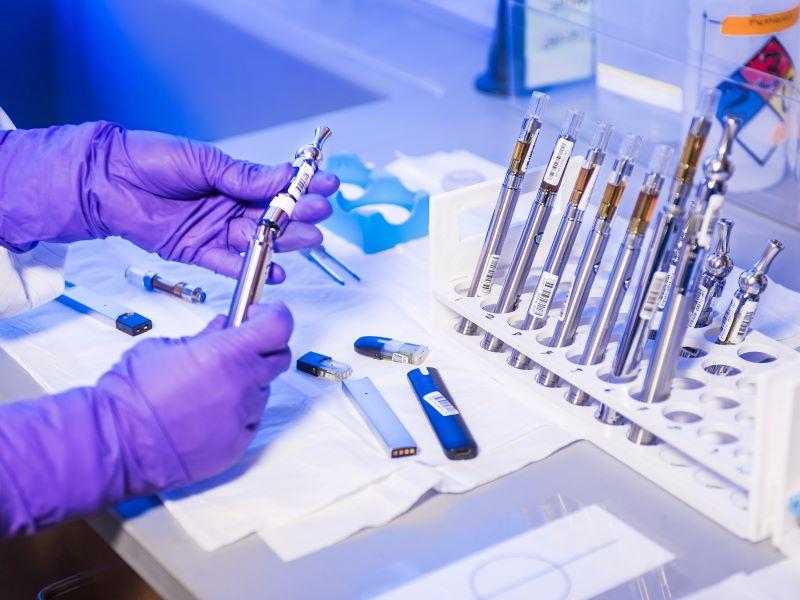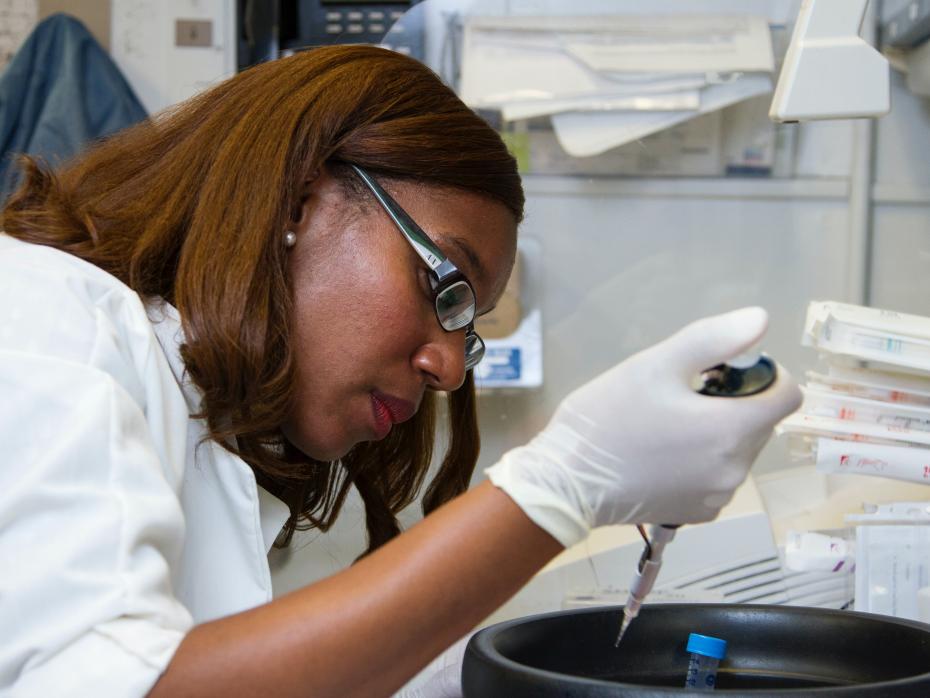Physics requires students to analyse errors in data, discuss the causes of these errors and recommend ways experiments can be improved in the future. This requires lab work.
When we moved online during the pandemic using interactive simulations of lab work, we found their results were too perfect. The experiments can run exactly according to the underlying principles every time, removing the chance to investigate issues or propose improvements. We had to find a way to make the online study more realistic.
Crucial assessment process
Working in the lab is an important part of science education: it gives students a chance to witness abstract principles in action, it’s engaging and, importantly, there is a chance for things to go wrong. Science is all about learning from observation, and things not going to plan presents an opportunity to develop a better understanding.
Students ask themselves why the results don’t match the hypothesis and which variables they failed to consider or adequately control for. This, alongside the importance of developing practical skills, is why lab work is a crucial part of the assessment process.
Our interactive simulations run experiments exactly according to the underlying principles, which makes them an ideal tool for introducing new physical principles. However, they can easily be adapted to introduce experimental errors such as adjusting a battery’s internal resistance to a non-zero value, which helps to model the heating effect, or by using a real ruler or a real stopwatch instead of the perfectly integrated ruler and period timer.
Designing a less perfect solution
We used FlashyScience to teach students how to use micrometer screws and for the main investigation we used the University of Colorado Boulder’s PhET simulations and I developed a system to introduce random and systematic errors to better simulate a live environment.
I reworked the assessment briefs and mark scheme for the online labs while ensuring that they still met the same real-life lab assessment criteria.
What we learned
-
Ensure students understand the assessment criteria is the same and even though it’s online they submit the same quality and quantity of work with the same sections, analysis and criteria required.
-
Introduce random errors to the otherwise perfect virtual experiment data so that the data points don’t all fall on a straight line. This provides a chance for students to draw a line of best fit. Similarly, introduce enough systematic error so the line would not pass straight through the origin, and give students an opportunity to evaluate sources of systematic error.
-
Provide freedom in the methods students apply so they can identify their own sources of error in the measurements. This also creates opportunities for students to identify sources of error to improve on.
-
Choose whether to determine the gradient of a trend line using both traditional – a sharp pencil and graph paper – and digital methods.
-
Assess “practical skills” remotely by considering the students’ adjustments to the methodology and how they justify it, reviewing their results table and by asking students to correctly take a reading from a photo of a micrometer.
-
Apply standard academic misconduct prevention strategies and remind students of the consequences of cheating and plagiarism.
-
Create “how-to” videos to guide students through the procedure.
-
Take advantage of the flexibility afforded by the digital environment. With the simple pendulum experiment, for example, students could try it in different gravities.
-
Collect feedback from students to improve future virtual simulations – the feedback we collected revealed a high level of student satisfaction; students appreciated the accuracy afforded by a digital simulation.
Virtual learning’s place in the future
The hands-on experience of a real-life lab can never be replaced by a virtual version. Some of the types of errors that arise in a real lab are not possible to represent virtually, such as systematic errors in the suspension of the pendulum, heating effect in the electric circuit and the metal wire not being straight.
However, this approach has a place. It will continue to be very useful for distance learning or teaching very large classes where lab work is not available at all. There are also significant advantages for inclusive teaching, as any student with an internet connection can enjoy a taste of the lab.
Virtual learning – including in a virtual lab – will undoubtedly outlive the pandemic. As digital lab simulations improve and better integrate randomness, I believe they will have a place alongside the real hands-on version.
Rachel Martins is a mathematics and physics lecturer at Leeds International Study Centre.




comment